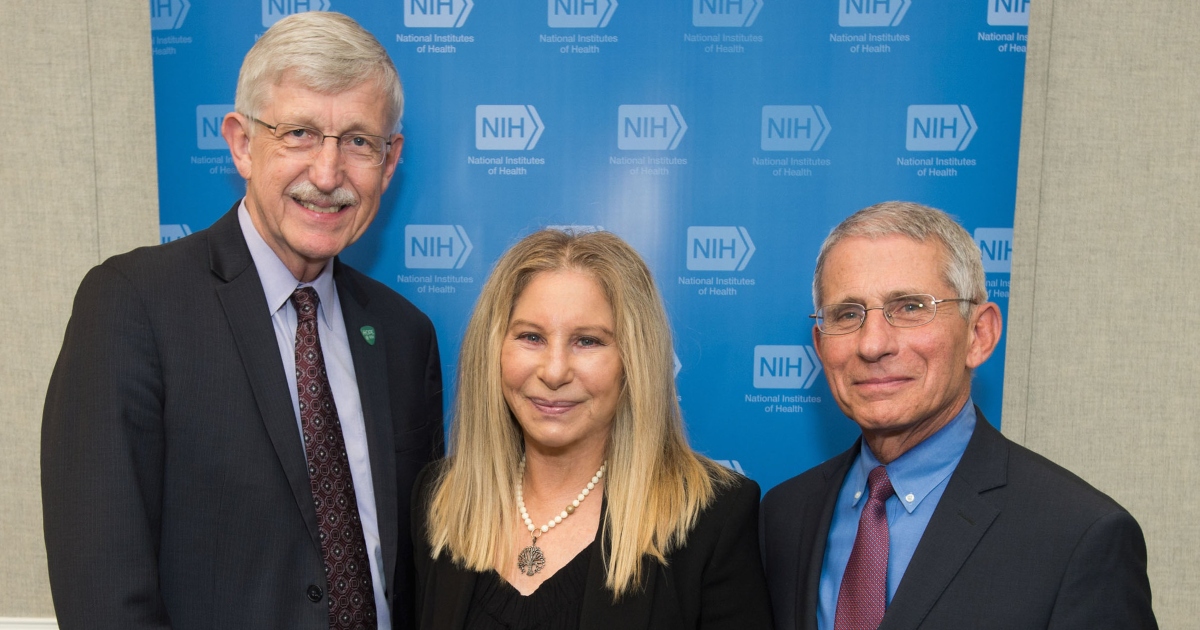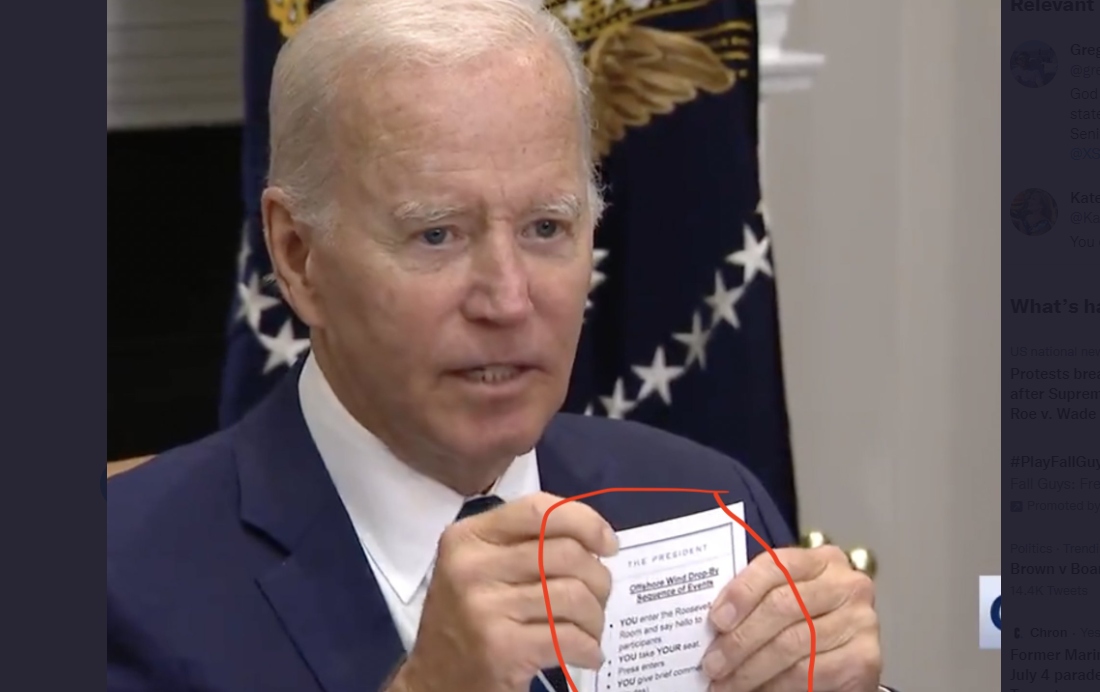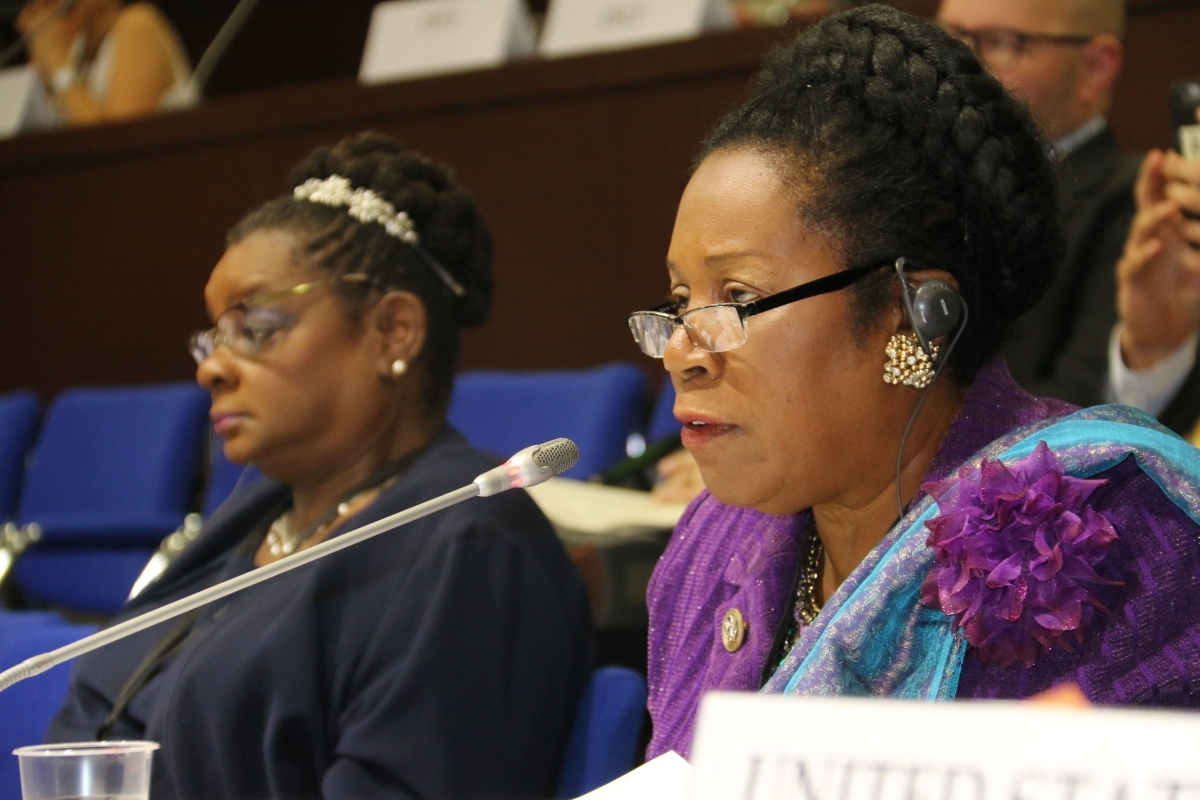
A recent data leak that shows just how damaging COVID-19 vaccines are to human health has sent New Zealand authorities into damage control mode.
The whistleblower, 56-year-old Barry Young, was arrested after authorities said that he illegally accessed COVID-19 vaccine data belonging to the New Zealand government and shared it on the internet. Young is a former IT employee of the country's health agency, which is known as Te Whatu Ora, and he is now facing a potential prison sentence of seven years for leaking the information.
The data he shared appeared to show that COVID-19 vaccines have killed more than 10 million people around the world, killing roughly one person for every 1000 doses administered, on average. He provided the data to New Zealand journalist Lisa Gunn and the American tech millionaire Steve Kirsch, who writes about COVID-19 vaccines and other topics on Substack. Both individuals have said that they believe the data proves the vaccines are killing massive numbers of people.
Young is currently facing one charge of dishonestly accessing the health authority's databases and has not entered a plea. When he entered the courtroom, his supporters were so enthusiastic that the judge warned them that if they disrupted the proceedings, they would be asked to leave.
Anyone who hosts leaked data could lose everything on their server
While the New Zealand court system tries to silence Young, a vaccine watchdog group in the country has warned that anyone who is currently hosting the data he shared online could lose everything that they have on their server.
Human knowledge is under attack! Governments and powerful corporations are using censorship to wipe out humanity's knowledge base about nutrition, herbs, self-reliance, natural immunity, food production, preparedness and much more. We are preserving human knowledge using AI technology while building the infrastructure of human freedom. Speak freely without censorship at the new decentralized, blockchain-power Brighteon.io. Explore our free, downloadable generative AI tools at Brighteon.AI. Support our efforts to build the infrastructure of human freedom by shopping at HealthRangerStore.com, featuring lab-tested, certified organic, non-GMO foods and nutritional solutions.
The group recounted how American genomics expert Kevin McKernan discovered that his entire MEGA account was suddenly closed. His account appears to have been deleted in response to an injunction from the New Zealand Ministry of Health to prevent the sharing of the data that was leaked by Young; he had reportedly mirrored Kirsch’s data on his server to make it easier for people to download and make their own analysis.
In addition to hosting the leaked data, he also had important medical genome and vaccine sequencing data on his server that is valued at around $200,000. McKernan has been one of the top scientists studying DNA contamination in the mRNA vaccines released by Pfizer and Moderna, and he has now lost all of his valuable sequencing data.
Meanwhile, Kirsch reported that Wasabi, the site where he hosted the whistleblower data, closed his account without notice.
However, pursuing people who are hosting this information seems like a waste of effort for authorities as the data already exists on the dark web and is securely stored on thousands of different servers, which means that despite their best efforts to delete it, it will never go away permanently.
Young wanted people to see the data and investigate it
Young recently appeared on Infowars, where he explained to host Alex Jones his reasoning for sharing the information.
"I just looked at the data and what I was seeing, since the rollout, it just blew my mind. I was just seeing more and more people dying that shouldn't have been dying. It was just obvious," he said.
He added that he has been suspicious about the safety of the vaccines since they were initially rolled out during the height of the pandemic and said that he observed what he considered “really big red flags” in the data he looked at, such as a higher number of deaths caused by the vaccine in New Zealand than the figures the health agency released indicated.
He said: "I want people to analyze this, I want people to look at it...we need to open it up and the government needs to have an inquiry about it. Just bring it to the public's attention."
Sources for this article include:
Please contact us for more information.



















